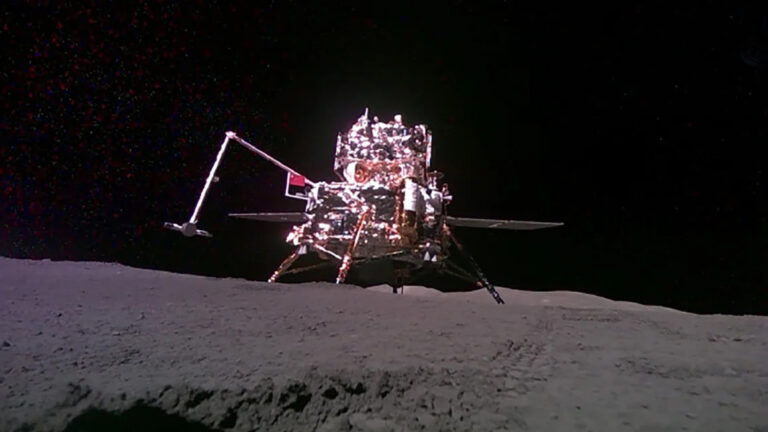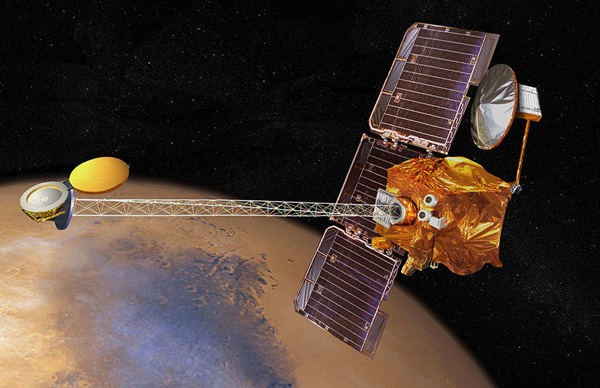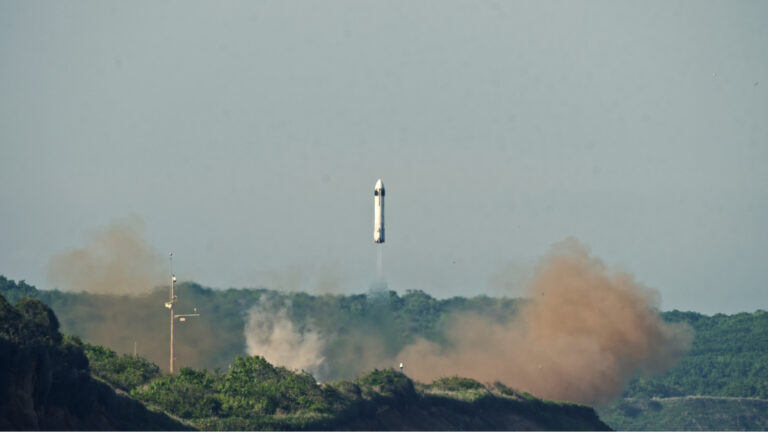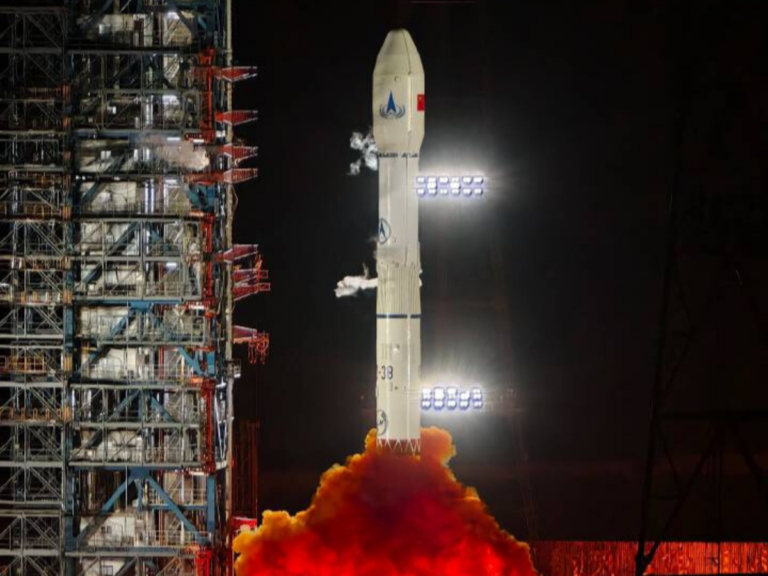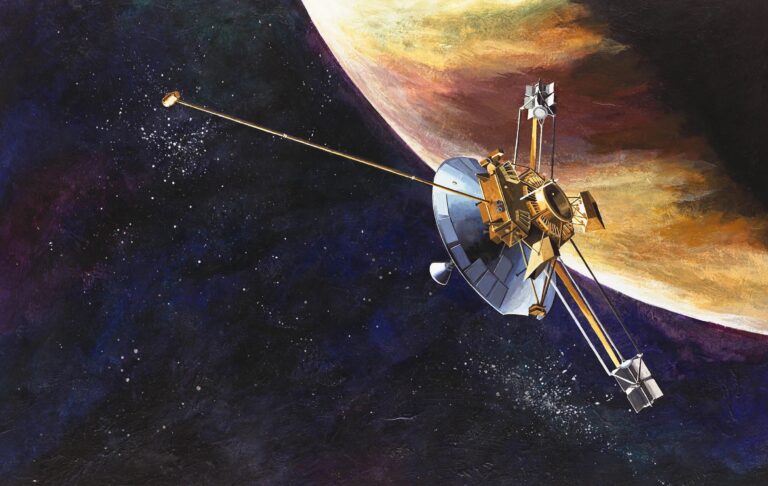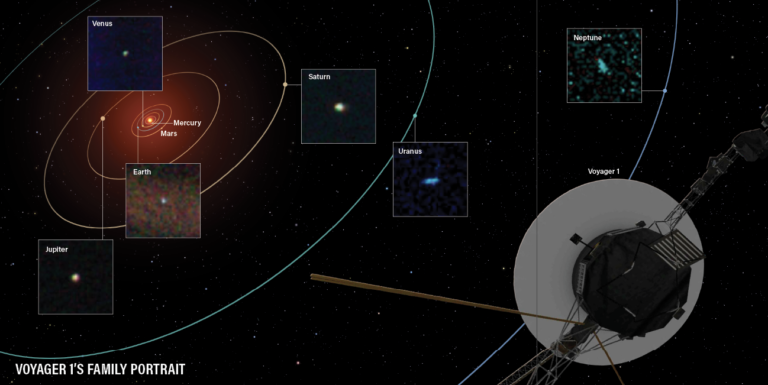
Barry Sawchuk and his son were tending to their farmland in southeastern Saskatchewan when they came across several pieces of space junk that may have come from a SpaceX mission, according to reports in the Saskatoon Star Phoenix and AM980 CJME.
“Not every day you go out in your field and find space junk,” the 66-year-old Sawchuk told the Phoenix. “We were just field scouting,” said Sawchuck to CJME’s Gillian Massie. “My son and I were driving around before seeding on April 28, and we came across something that looked like a piece of garbage . . . We pulled over to pick it up, and it ain’t no garbage.” The farmer said the largest piece weighs just shy of 100 pounds (45 kilograms).
Photos made their way to Samantha Lawler, an astrophysicist at the University of Regina, who identified the debris as space junk. Jonathan McDowell, an astrophysicist at Harvard University who specializes in following space launches, said the piece was likely from a SpaceX Dragon craft that returned from the Axiom 3 mission to the International Space Station in February. McDowell projected that its re-entry trajectory passed within a few miles from where Sawchuck found the debris.
The SpaceX Dragon capsule is designed to eject its support module, or trunk, into Earth’s atmosphere, where it should burn up. However, this is not the first case where this did not fully happen. In 2022, space debris from another SpaceX mission was located on Australian farmland. Before this discovery, more SpaceX space debris was found on a farm in Washington state in 2021.
Falling from the sky
It’s likely that more space junk will fall to Earth as more private space companies launch more missions and satellites to space.
According to NOAA’s Department of National Environmental Satellite Data, and Information Service, between 200 to 400 tracked space objects fall to Earth each year. There are about 170 million pieces of space debris currently orbiting Earth. Out of that number, only about 1,000 pieces are actual spacecraft.



